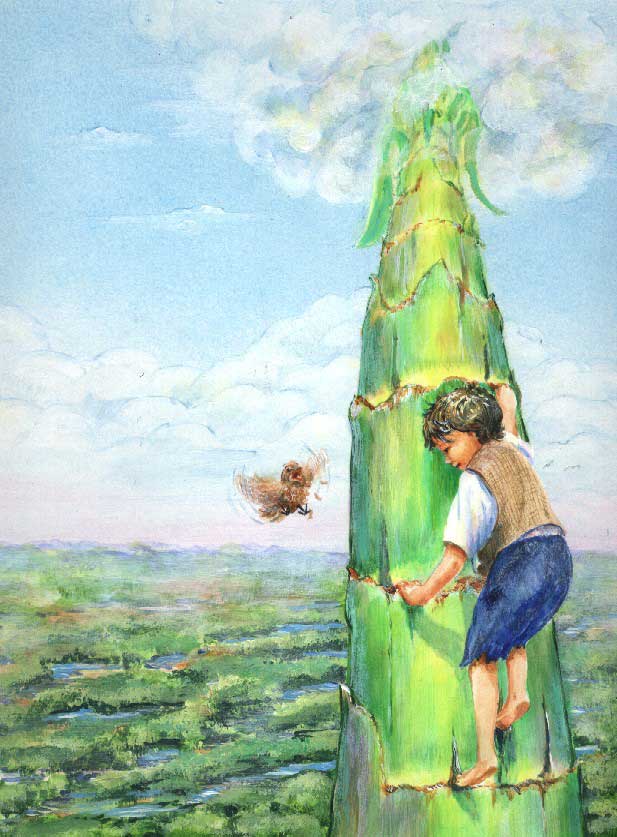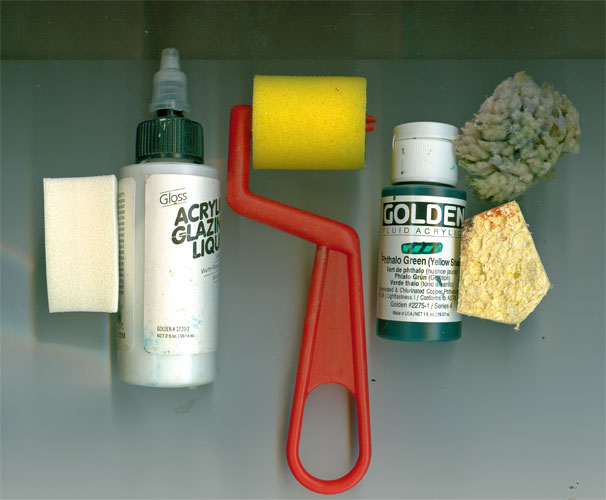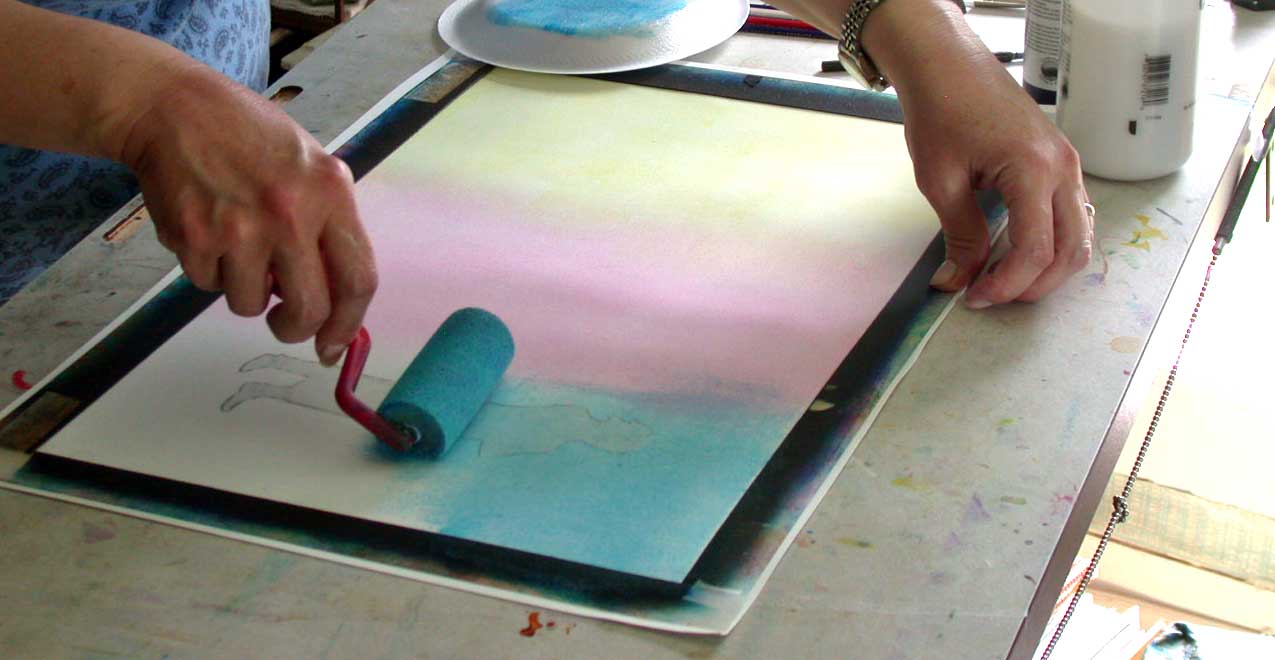Visual Art Tip
I've Never Met an Art Technique I Didn't like.....
My artwork is mostly realistic.....tho' I am trending towards a looser style in my illustration work. Over the years I've experimented with a LOT of different art techniques and materials. Everything from a disappointing stab at printmaking to oil paintings to acrylics and then pencils, with a few stops along the way for watercolors and fiber arts. With each new technique I've tried I've learned so much.
I've found that if I run up against a problem with one media I'm using.....often a change or addition of another media with be just the ticket.
From time to time I hope to post a VISUAL ART TIP to help other artists remember a forgotten technique that just might help them out of a tight spot on a project.
Here's a brief overview of one of my favorite techniques.....acrylic glazing.
I had been studying the work of a 20th century illustrator Maxfield Parrish, and found that he tackled the problem of smooth backgrounds with glazes "pounced" with a large soft brush. Since he worked in oils (i.e. a time before acrylics), he used linseed oil as his glaze medium, and layers took foreeeeever to dry. I am lucky to be living with acrylics, so I could update the technique for my illustrations. I also didn't like the look of pounced glazes....still too many marks in the paint surface.
I hit upon the idea of using sponge brushes after looking at a home dec magazine, and reading about faux finishes. AHA! here was the way to get my smooth colour graduations without any visible brush marks. I bought a collection of different sponges....all the way from sea sponges (which have beautiful textures, when that's what you want) to roller sponges from the paint store to makeup facial sponges sold to apply makeup.
I went thru my paints and found a sample of Golden (brand name) Glazing liquid and I had numerous bottles of Golden fluid acrylics. Fluid acrylics have the same pigment load as regular paints, but are cut with more clear acrylic so they are the consistency of cream as opposed to regular paints which are more like toothpaste. I found that if I puddled a bit of the glazing liquid on my palette then dropped in a drop of fluid acrylics and mixed with a knife.....I got a lovely looking glaze, that would be accepted readily by the sponge.
I was working on 3 ply bristol board at the time. I ran the sponge brush over the entire board and let it dry. It bent a bit at first, but with some adjustment to the liquid load....the board dried nice and flat. I could then apply another coat if I wanted to modify the colour in some way without any lifting that occurs in watercolours. As an extra added benefit, I found that the "tooth" was just perfect for coloured pencils, without the plastic effect that acrylics normally have.
I ended up with the best of all worlds. I could get my graduations without computer or an airbrush. I could also add texture just by changing the sponge brush I use. And any additional artwork I wanted to put on top would be accepted without any problems.




Most of this is a foreign language to me--but what I could understand, I found fascinating, and I love your artwork, so I'm looking forward to more posts!
ReplyDelete